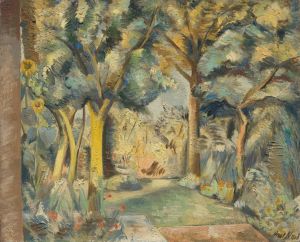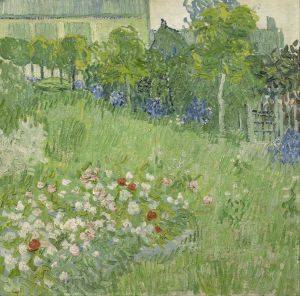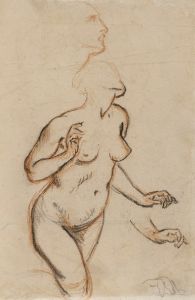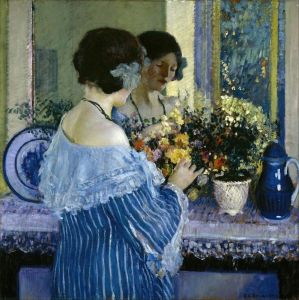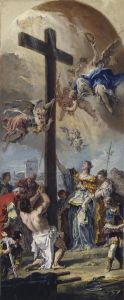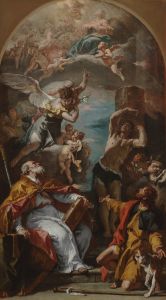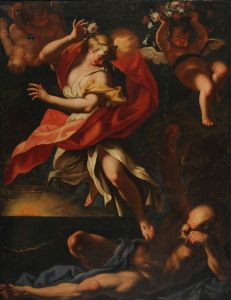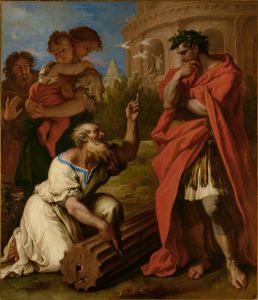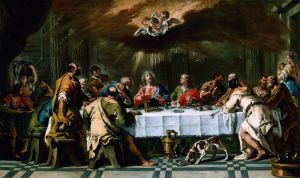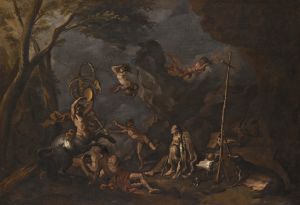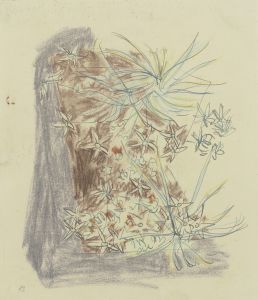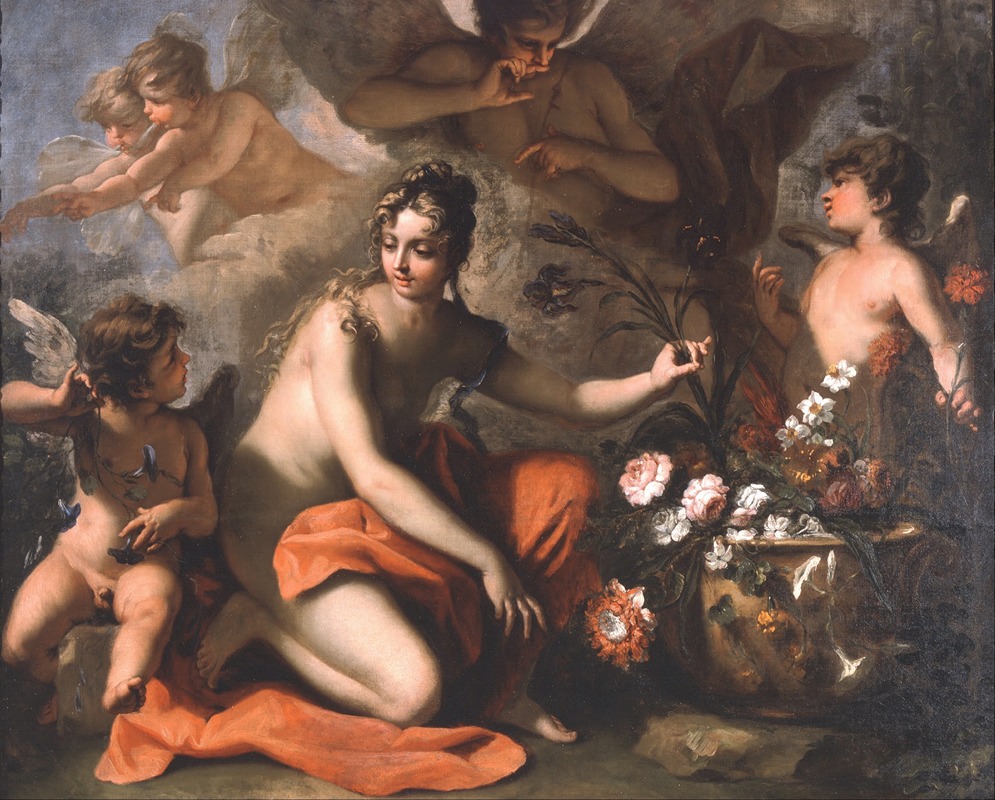
Flora
A hand-painted replica of Sebastiano Ricci’s masterpiece Flora, meticulously crafted by professional artists to capture the true essence of the original. Each piece is created with museum-quality canvas and rare mineral pigments, carefully painted by experienced artists with delicate brushstrokes and rich, layered colors to perfectly recreate the texture of the original artwork. Unlike machine-printed reproductions, this hand-painted version brings the painting to life, infused with the artist’s emotions and skill in every stroke. Whether for personal collection or home decoration, it instantly elevates the artistic atmosphere of any space.
Sebastiano Ricci was an Italian painter of the late Baroque period, known for his vibrant compositions and dynamic figures. One of his notable works is "Flora," a painting that exemplifies his mastery in capturing the elegance and vitality of mythological subjects. Ricci's "Flora" is a testament to his ability to blend classical themes with the exuberant style characteristic of the Baroque era.
"Flora" depicts the Roman goddess of flowers and spring, a subject that allowed Ricci to explore themes of nature, beauty, and renewal. The painting is celebrated for its lively composition and the delicate rendering of its central figure. Flora is often portrayed in a graceful pose, surrounded by an abundance of flowers, which symbolize growth and fertility. Ricci's use of color is particularly noteworthy; he employs a rich palette to bring out the lushness of the floral elements and the softness of Flora's attire.
Sebastiano Ricci's style is marked by its fluidity and expressiveness, qualities that are evident in "Flora." The painting reflects the influence of Venetian colorism, which Ricci absorbed during his time in Venice. His brushwork is loose yet controlled, allowing him to capture the movement and energy of the scene. This approach creates a sense of immediacy and vibrancy, drawing the viewer into the mythological world Ricci portrays.
The composition of "Flora" is carefully balanced, with the figure of the goddess positioned centrally, commanding attention. Her pose is both relaxed and dynamic, embodying the dual nature of her role as a deity of both tranquility and growth. The surrounding flowers are not merely decorative but serve to enhance the narrative, emphasizing Flora's dominion over the natural world.
Ricci's "Flora" is also significant for its reflection of the cultural and artistic trends of the early 18th century. During this period, there was a renewed interest in classical mythology and its allegorical potential. Artists like Ricci were drawn to these themes, finding in them a rich source of inspiration for exploring human emotions and the natural world. "Flora" can be seen as part of this broader movement, where mythological subjects were used to convey complex ideas in an accessible and visually appealing manner.
While specific details about the commission or provenance of "Flora" may not be extensively documented, the painting remains an important example of Ricci's work and the Baroque style. It showcases his ability to infuse traditional subjects with a sense of life and movement, characteristics that have earned him a place among the notable painters of his time.
In summary, Sebastiano Ricci's "Flora" is a vibrant and dynamic representation of the Roman goddess, embodying the themes of beauty and nature through its expressive style and rich color palette. The painting is a reflection of Ricci's skill in blending classical themes with the energetic and emotive qualities of the Baroque, making it a significant work in the context of 18th-century art.





